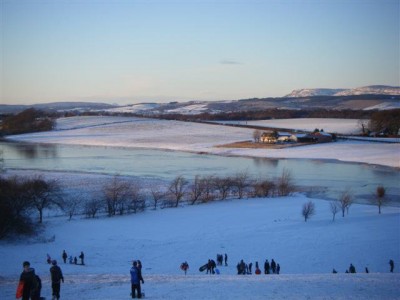
One of life’s simple pleasures is getting out for skate skiing, touring or making turns on a warming bluebird day, with an inch or so of wet sweet corn on a firm crust or solid base. Spring and summer predawn hikes on crust to harvest morning corn is right up there, too.
The best corn comes after a freeze of transformed, wet snow from the day before. The snow is no longer flakes or crystals, but saturated ice ‘kernels’ known as frozen corn. Depending on timing, aspect, and other factors, this can start out like a coral reef, a very abrasive crust, sun-cupped, or ‘icy’, among other consistencies. As it melts and transforms again to wet corn, how do you prepare your boards to perform well all day in these variable conditions?
If you wax with a warmer & softer wax for the warmer, wet conditions, you can easily wear off the wax on highly abrasive, colder snows, while you wait for conditions to moisten and soften (or not). If you wax with cold wax, you may miss out on the best glide and enjoyment when it becomes prime time.
One option is to simply wait until conditions soften and you hit it when the conditions are best and wax accordingly. This may be easier said than done for some and as the unreliable weather can change, this plan may backfire.
We’ve found the best balance between ideal wax temperatures for glide and abrasive snows is to start with an aggressive base structure, wax with a very durable mid and broad temperature base liquid or solid wax-like Maplus Race Base Medium (solid or liquid), and top it with a warm temp Low Fluoro like Maplus Universal Hot or P2 Hot.
The base structure doesn’t seem to matter relative to the coarse, frozen snow, but makes a huge difference when the snow becomes saturated by channeling water and reducing suction. The durable base wax provides a longer and better protection for the bases and runs very well in a wide range of condition if the softer wax wears off. Depending on how the day goes, the LF wax may be perfect for the entire day and will provide an extra bump in glide.
Additionally, since it is a softer wax, it can easily be reapplied if desired or necessary by crayoning/rubbing on solids, wiping on cream/paste or liquids, or spraying (most convenient and durable option) high-melt waxes and then corking and polishing with a brush.
Article republished with permission by www.epicski.com.
Photo: Auchinloch1
 Your Privacy Choices
Your Privacy Choices
 The
The